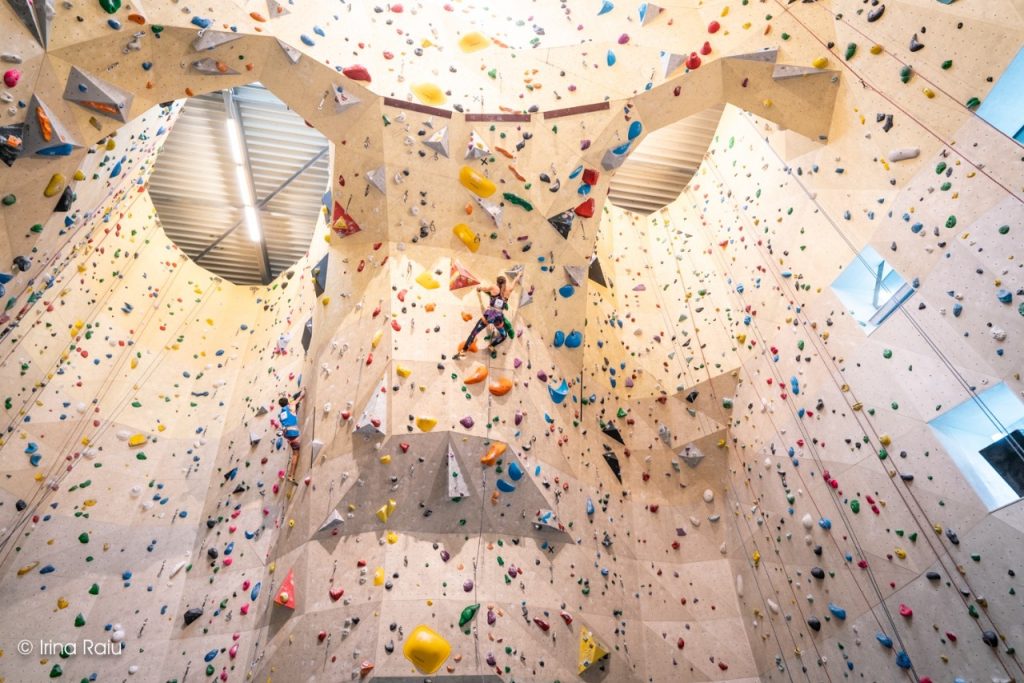Hiking classes present structured understanding experiences for persons desperate to explore the vertical world. These programs appeal to climbers of most levels, from newcomers getting their first measures on the wall to experienced experts seeking to refine their skills or undertake new challenges. Typically, climbing programs are designed and led by experienced instructors who give their understanding, experience, and passion for climbing to participants.
The curriculum of a hiking class frequently covers a wide range of topics needed for safe and enjoyable climbing. Beginners may learn essential abilities such as tying troubles, belaying practices, correct gear consumption, and basic climbing movement. Intermediate classes may search in to heightened issues like cause climbing, anchor creating, course examining, and risk management. Advanced classes may possibly focus on specific processes for several types of hiking, such as for example trad climbing, sport climbing, or bouldering, as well as advanced recovery and self-rescue skills.
Hands-on training is a central component of hiking programs, letting players to utilize what they’ve learned in a managed setting beneath the advice of instructors. Hiking gyms, outdoor crags, and specific training facilities provide an ideal spots for sensible ability development. Individuals receive customized feedback and teaching from instructors, supporting them improve their methods and construct assurance on the wall.
Beyond technical skills, climbing classes frequently emphasize essential aspects such as for example climbing ethics, environmental stewardship, and risk assessment. Players learn about Keep No Trace principles, responsible outdoor conduct, and the importance of keeping climbing places for potential generations. Also, they get ideas into the mental facets of hiking, such as for instance aim placing, overcoming anxiety, and sustaining focus and concentration during difficult climbs.
Several climbing courses also offer options for neighborhood developing and camaraderie among participants. Hiking is inherently a cultural activity, and courses give a supporting atmosphere where climbers may join, share activities, and encourage one another to force their limits. Whether it’s cheering on a fellow climber while they handle a hard option or celebrating accomplishments together at the conclusion of the program, the sense of camaraderie fosters a strong sense of belonging within the hiking community.
Protection is paramount in climbing, and hiking classes prioritize training participants how exactly to evaluate and mitigate risks effectively. From proper gear examination and maintenance to crisis procedures and connection practices, participants learn necessary protection methods that are critical for a secure hiking experience. Instructors impress a culture of safety understanding and enable players to make educated choices while climbing independently.
Hiking classes usually provide a pathway for people enthusiastic about pursuing climbing as a vocation or getting licensed instructors themselves. Accreditation programs and mentorship options offer future instructors with the training and guidance they should train kurs wspinaczki skills efficiently and responsibly. Through a variety of classroom instruction, practical knowledge, and mentorship, participants get the data and assurance to lead hiking courses and share their desire for hiking with others.

In summary, hiking programs provide useful learning activities for climbers of degrees, providing a structured pathway for skill growth, particular development, and neighborhood engagement. Whether it’s learning basic methods, refining advanced skills, or using a vocation in climbing training, players take advantage of expert training, hands-on exercise, and a encouraging understanding setting that fosters a lifelong love for climbing.
